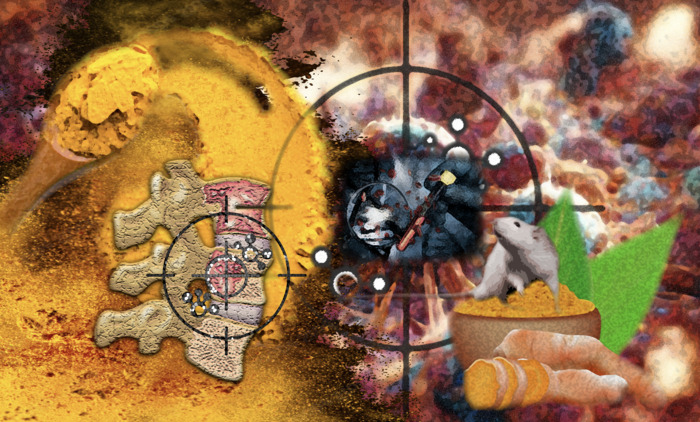In the realm of energy storage technology, lithium metal batteries have long held promise due to their potential for significantly higher energy density compared to traditional lithium-ion batteries. However, these batteries have been notoriously difficult to optimize due to the fragile and often misunderstood nature of the protective layer that forms on the lithium anode during initial charge and discharge cycles. Recent breakthroughs from Stanford University have revealed a powerful new technique that enables unprecedented insight into this elusive protective film, offering a transformative path forward for battery research and design.
At the heart of this innovation lies a nuanced problem with conventional analytical tools—namely, X-ray photoelectron spectroscopy (XPS), which battery scientists have used extensively to investigate the chemical composition of battery interfaces. The catch is that standard room-temperature XPS measurements actually alter the materials under study. The high-energy X-ray beam, combined with ultra-high vacuum conditions, provokes chemical reactions that degrade or transform the anode’s surface layer, leading to misleading or incomplete data. This so-called “observer effect” is a significant barrier in understanding and thus improving lithium metal batteries’ performance and lifespan.
Stanford’s team addressed this challenge by pioneering a cryogenic variant of XPS, termed cryo-XPS, which involves flash freezing battery cells immediately after the formation of the protective layer—a critical stage occurring within the first few charge-discharge cycles. By rapidly cooling the batteries to approximately -325 degrees Fahrenheit (-200 degrees Celsius), they effectively “lock in” the pristine chemical state of the anode’s interface. Subsequent XPS analysis is conducted at cryogenic temperatures around -165 degrees Fahrenheit, which preserves the integrity of the protective layer throughout measurement.
This innovative approach has yielded profound revelations. Conventional XPS had long suggested an abundance of lithium fluoride within the protective film, a compound traditionally associated with enhancing battery longevity. However, cryo-XPS measurements reveal that previous estimates were exaggerated—room-temperature XPS artificially increased lithium fluoride presence due to photochemical reactions initiated by the X-ray beam. This insight compels a reevaluation of design strategies aimed at maximizing lithium fluoride as a performance enhancer.
Equally striking are differences observed regarding lithium oxide, another compound closely linked to battery efficacy. Cryo-XPS uncovered significant lithium oxide concentrations in high-performing electrolyte environments that were undetectable with standard methods. Paradoxically, when using less effective electrolytes, lithium oxide levels appeared higher in room-temperature measurements but diminished under cryogenic conditions, underscoring the distortive effect of conventional XPS on true battery chemistry.
The implications of these findings extend well beyond mere academic curiosity. Accurate characterization of the protective layer’s composition equips researchers with a reliable foundation to rationally design electrolytes and ultrathin coatings that stabilize the lithium metal interface during cycling. Such advancements promise to mitigate the safety risks and short lifespan that currently plague lithium metal batteries, which have struggled to overcome dendritic growth and interface instability.
Moreover, the cryo-XPS methodology provides a new lens through which to explore a host of electrochemical systems beyond lithium metal batteries. Because the fundamental problem of measurement-induced chemical alteration is ubiquitous in materials science, this cryogenic technique harbors potential to solve long-standing puzzles in diverse applications—ranging from catalysis to corrosion science.
Central to the team’s success was the development and implementation of a precise sample holder capable of maintaining battery electrodes in a flash-frozen state during XPS measurement. This device, around one inch in diameter, allowed seamless transition of samples from operational battery environments to cryogenic analysis chambers without compromising the frozen pristine state, an achievement demanding meticulous engineering and thermal control.
The lead researcher, PhD candidate Sanzeeda Baig Shuchi, emphasized how cryo-XPS delivers more dependable correlations between electrolyte chemistry and battery capacity retention. Traditional room-temperature measurements yielded only moderate links, often confounded by artificial layer chemistry modifications from the measurement process. In contrast, the frozen approach generated strong correlations, affirming the value of this paradigm shift.
Prominent co-senior authors Yi Cui and Stacey Bent highlighted the transformative nature of the technique. Bent remarked on the broader applicability of cryo-XPS in unraveling chemical reaction mysteries that have persisted in various domains of chemistry and materials science. Cui underscored improved performance assessment capabilities, noting the technique’s utility for emerging battery architectures using diverse electrolyte formulations.
The study was published in the scientific journal Nature, signaling its high impact and the broad interest it has sparked within the energy research community. Published on October 22, 2025, this work represents a watershed moment in battery interface characterization, laying the groundwork for next-generation rechargeable batteries capable of meeting the critical demands of clean energy and high-performance electronics.
Stanford’s collaborative effort was supported by prestigious fellowships and federal funding, including grants from the U.S. National Science Foundation and the Department of Energy. The research leveraged state-of-the-art facilities such as the nano@stanford laboratory, enabling the integration of cutting-edge instrumentation and interdisciplinary expertise.
As the energy storage sector continues to race toward more efficient and sustainable technologies, innovations like cryo-XPS furnish scientists and engineers with invaluable tools. By observing materials as they truly exist in working batteries—without measurement-induced disruptions—researchers can confidently tailor components to unlock superior performance and longevity, edging us ever closer to a battery-powered future that realizes the full potential of lithium metal chemistry.
Subject of Research: Lithium metal battery interfaces and novel characterization techniques.
Article Title: Cryogenic X-ray photoelectron spectroscopy for battery interfaces
News Publication Date: 22-Oct-2025
Web References:
Nature article DOI
Image Credits: Ajay Ravi, Stanford University
Keywords
Batteries, Electrochemistry, X-ray spectroscopy, Electrolytes
Tags: breakthroughs in battery sciencecryogenic X-ray photoelectron spectroscopyenergy storage technology advancementsenhancing battery performancehigh energy density batteriesinnovative battery design techniqueslithium-ion vs lithium metal batterieslithium-metal batteriesoptimizing lithium anodesovercoming observer effect in spectroscopyprotective layer in batteriesStanford University battery research






